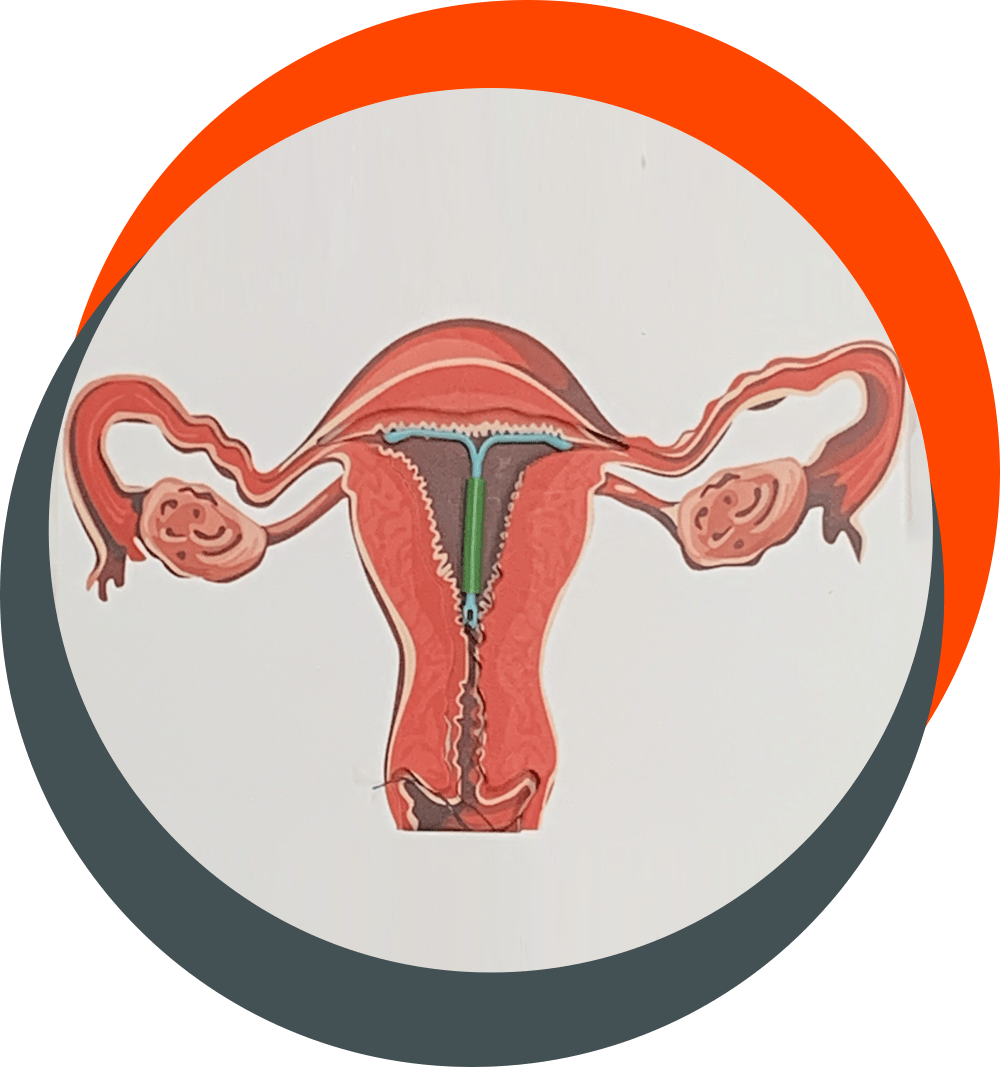- Phone: (03) 9645 7775
- Fax: (03) 9645 7770
- 151 Sturt Street, Southbank Victoria 3006
At Southbank Medical Clinic we are seeing a surge in popularity for intrauterine devices (IUDs) and here we intend to provide information about them, how they work, who may benefit from one and what the procedures for insertion and removal involve.


An intrauterine device, also known as coil, is a safe, popular and effective form of contraception that is offered at Southbank Medical Clinic by Dr Filip Vukasin, Dr Christine To and Dr Melanny Ho. It is a small plastic and/or metal device the size of a match that sits inside the uterus and its primary role is to prevent pregnancy, however, it has other valuable features as outlined below.
IUDs can be divided into two broad categories: hormonal or non-hormonal.
The hormonal IUDs release a small amount of progestogen, which mimics the natural progesterone in a body.
The non-hormonal IUDs contain copper.
They function slightly differently in how they prevent pregnancy and their mode of action leads to differences in side effects. All IUDs are over 99% effective at preventing pregnancy.
For hormonal IUDs there are two types in Australia – Mirena and Kyleena. Both last five years and both may reduce the amount of bleeding that occurs during menstruation. Neither contains oestrogen which means women with conditions like migraines and clotting disorders are safe to use them. Kyleena is slightly smaller than Mirena and has less of the hormone which means it may not reduce menstrual bleeding as much as the Mirena. One major benefit of hormonal contraception is the reduction in pain and heaviness during periods, so they are often used for endometriosis. Side effects can include skin changes, mood changes and breast changes.
Non-hormonal IUDs contain copper and in Australia there are two options – those that last 5 or 10 years. Other than their duration of action they are very similar. Because they lack the progestogen hormone, they do not reduce pain or bleeding during menstruation and in fact can increase pain and bleeding for up to one year after insertion. A benefit of copper IUD is that periods will continue and there is no risk of hormonal side effects. Patients with a copper IUD may experience low iron stores due to the increase in menstrual bleeding.
Other side effects with both types of IUD can include it falling out, pelvic pains, ectopic pregnancy, spotting, infection and perforation of the uterus during insertion. Our doctors will discuss these in greater detail with you in person.
At Southbank Medical Clinic, IUDs are inserted by a trained doctor with the assistance of a trained nurse under local anaesthetic, so you are awake. This involves a numbing spray but we also advise you take oral analgesics one hour before the procedure. The IUD is inserted via a speculum through the vagina and into the uterus. Pain can be anywhere between minimal to severe but in our experience, with good explanation and our experienced staff, most patients have a positive experience. You can leave the clinic without assistance, but we generally encourage someone comes with you for support.
We have a three-stage approach to insertion. We see patients first for a detailed assessment face-to-face where we may order investigations like a urine or blood test, and sometimes a pelvic ultrasound. The second appointment is the insertion procedure. In the third appointment, usually 6 weeks after insertion, we review you a final time. Thereafter, review is only on an as needed basis and the beauty of an IUD is that if you like it, it can last for 5-10 years at which time your IUD can be replaced with a new one.
Removal of an IUD is usually a simple procedure that involves a speculum and gently pulling on the strings. This is minimally painful, generally takes only several minutes and can be done at any time you decide you want your IUD removed.
We look forward to discussing your contraceptive options, including IUD in person and answering any questions you may have.
Southbank Medical Clinic is a newly established, independently owned and run general practice providing medical care to the local communities of Southbank, South Melbourne and St Kilda Road area.
© Copyright Southbank Medical Clinic. All rights reserved.
Site design by Web123